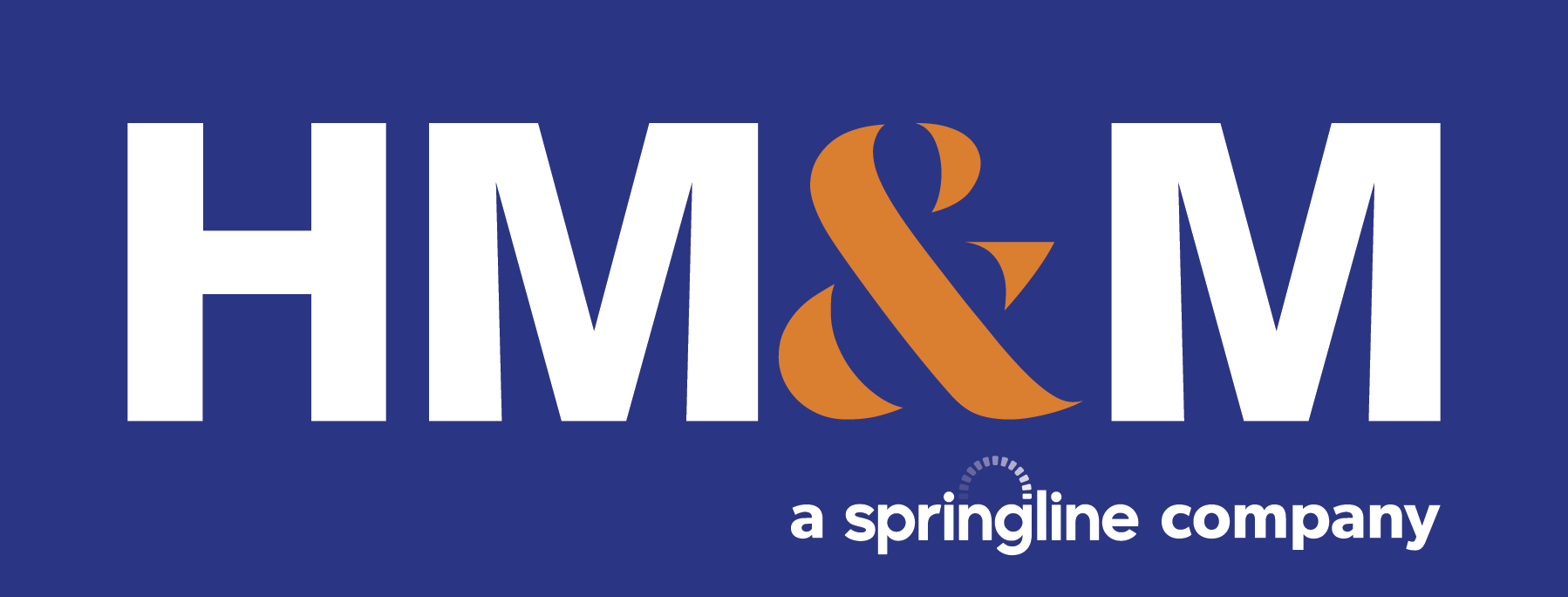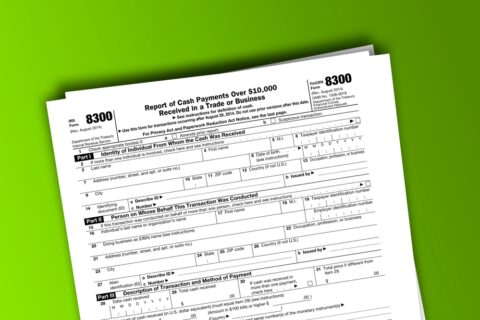Businesses can make many last-minute moves at the end of the year to lower their tax bills, but year-end planning can only go so far. Some of the most effective strategies take time to implement, so it’s a good idea to evaluate your options now. Let’s explore some midyear tax planning moves that might make sense for your company.
Invest in Equipment and Building Improvements
If you’re buying equipment, machinery, furniture or off-the-shelf computer software — or upgrading a commercial space — you may qualify for tax incentives that allow significant upfront deductions instead of long-term depreciation.
These incentives apply only to assets placed in service during the year, making timing a crucial factor in maximizing benefits. Planning early is essential for building improvements, as delays can disqualify expenses from being claimed within the current tax year. Two significant tax breaks that are generally applicable to new or used assets that your company acquires during the year are:
- The Section 179 expense deduction. It allows businesses to immediately deduct 100% of the cost of eligible assets — including equipment, machinery, office furniture, certain vehicles and off-the-shelf software.
Expensing is also available for qualified improvement property (QIP). This includes specific interior upgrades to existing commercial buildings, such as drywall; acoustical ceilings; interior doors; interior lighting; and electrical, plumbing and fire protection. However, QIP doesn’t include building expansions or improvements to elevators, escalators or internal structural framework.
Under Sec. 179 of the Internal Revenue Code, the maximum allowable deduction is currently capped at $1.25 million per year, with a phaseout beginning at $3.13 million in eligible asset purchases. This means that the deduction is reduced dollar for dollar once your investment exceeds the threshold. Your Sec. 179 deduction can’t exceed your taxable income for the year, though any unused deduction can be carried forward to offset income in future tax years.
- Bonus depreciation. This tax break is available for many of the same types of assets as the Sec. 179 expense deduction, but it’s currently being phased out. Until a few years ago, bonus depreciation allowed businesses to deduct up to 100% of the cost of eligible assets. However, under the Tax Cuts and Jobs Act, that percentage has fallen to 40% this year. Absent congressional action, it will drop to 20% next year and be eliminated starting in 2027. (For more on potential tax law changes this year, see “Keep an eye on lawmakers” below.)
Prepare for Bad Debt Deductions
Dealing with uncollectible customer receivables or other business debts is an unfortunate but common part of doing business. Fortunately, you can ease the financial impact and reduce taxable income by writing off bad debts – if you report your income on the accrual basis. But you can’t wait until year-end to identify these debts and claim the losses. To qualify for a deduction, you must be able to prove the debt was worthless during the year in question.
Typically, that means being proactive throughout the year to try to collect the amount owed and document your efforts. Verifiable efforts include sending payment reminders by certified mail or email, making phone calls, engaging a collection agency, and pursuing legal remedies. Your claim of worthless debt may be bolstered if the debtor declares bankruptcy, goes out of business or becomes unreachable. Maintaining precise records of your collection efforts is critical to securing a deduction.
Set Up a Retirement Plan
One of the most effective ways for business owners to reduce their taxable income is to establish or increase their contributions to qualified retirement plans. These include Simplified Employee Pension plans, SIMPLE IRAs and 401(k) plans. Qualified plans allow you to make significant tax-deductible contributions (subject to varying limits). Remember that if your company has employees, you may also need to provide coverage for them.
If your business doesn’t currently sponsor a qualified retirement plan, tax incentives are available to help you defray the costs of setting one up. For example, the federal “retirement plans startup costs tax credit” allows eligible companies to claim a credit of up to $5,000 per year, for the first three plan years, for the ordinary and necessary costs of starting a new plan.
Get Started Now
These are just a few examples of midyear strategies that could help your business reduce its tax bill for 2025. Your CPA can help you get started now by evaluating your company’s current financial situation and identifying tax-saving opportunities you can implement during the remainder of the year.
Keep an Eye on Lawmakers
Several key business tax provisions of the Tax Cuts and Jobs Act (TCJA) are scheduled to “sunset” at the end of 2025. This may positively or negatively impact your business, depending on its circumstances.
For example, the 20% qualified business income deduction for pass-through entities is scheduled to expire, and individual tax rates are set to increase to their pre-TCJA levels — potentially increasing taxes for many owners of pass-through entities. On the other hand, limits on interest expense deductions and excess business losses for certain businesses will be eliminated, which may result in reduced taxes.
As you evaluate mid-year tax planning strategies (see main article), keep an eye on Congress and the White House. Lawmakers may extend one or more of the TCJA’s expiring provisions, potentially changing the tax-planning equation. For instance, if you report income on the cash basis and expect new tax legislation will increase your taxes in 2026, you may want to accelerate taxable income into this year. Conversely, if you anticipate your tax liability will be lower next year, you may want to defer income to then.
Latest News
On June 9, the IRS released Announcement 2022-13, which modifies Notice 2022-3, by revising the optional standard mileage ...
At the tail end of 2021, the Internal Revenue Service (IRS) released new Schedules K-2 and K-3 effective ...
This information is current as of Sunday, November 21, 2021. On Friday, November 19, 2021, after the Congressional ...
HM&M Updates
Dallas, TX – Aug. 7, 2024 – HM&M, a Springline company (HM&M), a leading CPA firm with four ...
DALLAS, Dec. 11, 2024 – Springline Advisory, a trailblazing financial and business advisory firm, is proud to announce its partnership ...
Last month, Senior Manager, Pearl Balsara was invited to speak at the 2023 FPA DFW Annual Conference in ...










